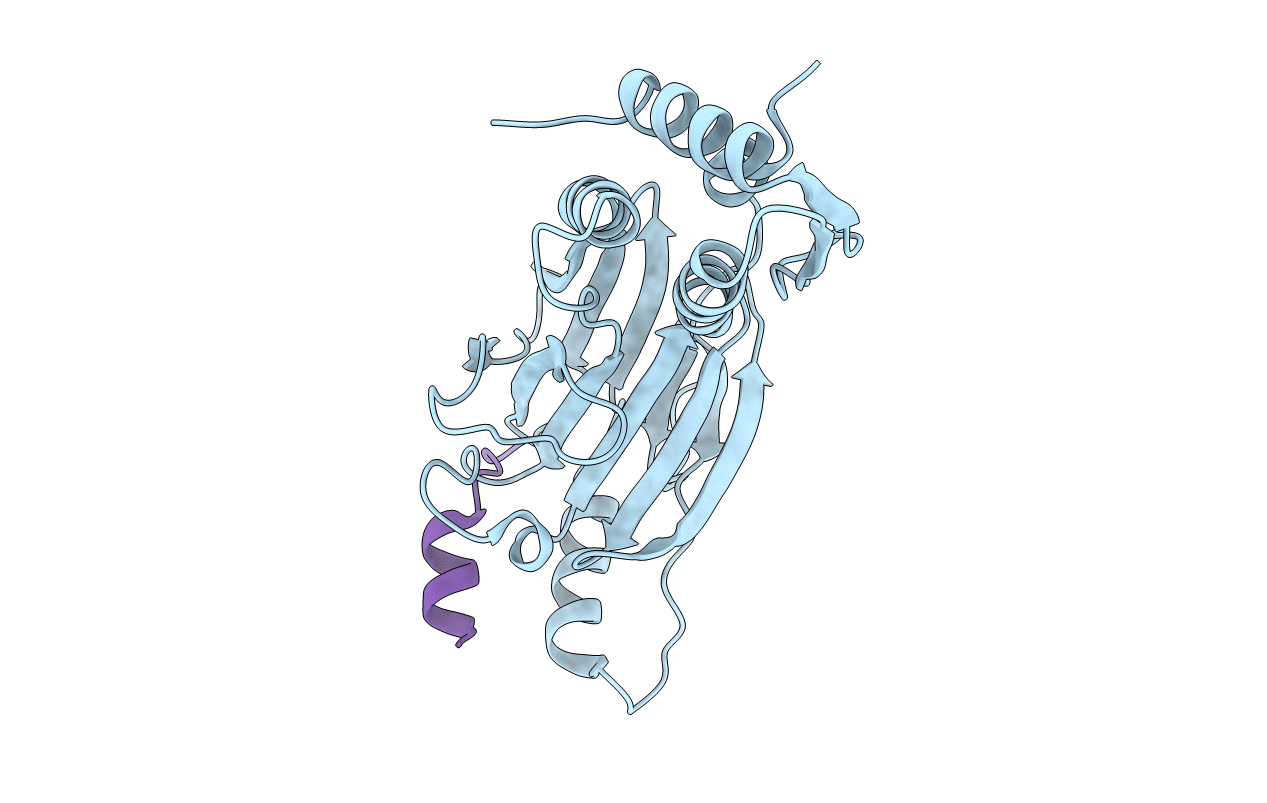
Deposition Date
2016-04-18
Release Date
2016-06-15
Last Version Date
2024-10-09
Method Details:
Experimental Method:
Resolution:
1.60 Å
R-Value Free:
0.18
R-Value Work:
0.16
R-Value Observed:
0.16
Space Group:
P 32 2 1


